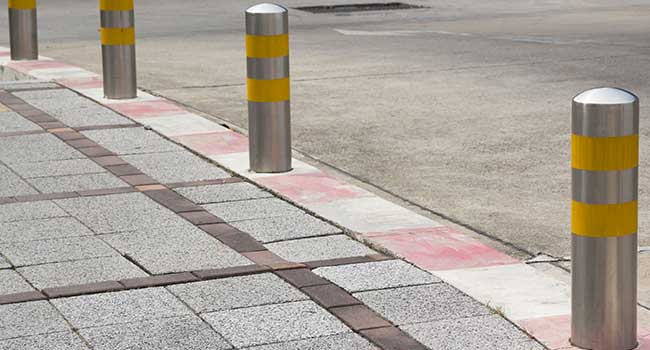
NYC to Install 1,500 Barriers to Prevent Vehicle Attacks
New York City is set to install more than 1,500 new permanent traffic bollards in public spaces around the city to help protect pedestrians and prevent against vehicular attacks, Mayor Bill de Blasio announced Tuesday.
- By Jessica Davis
- Jan 03, 2018
New York City is set to install more than 1,500 new permanent traffic bollards in public spaces around the city to help protect pedestrians and prevent against vehicular attacks, Mayor Bill de Blasio announced Tuesday. The new security measures come after an increase in vehicular attacks last year, including an incident in which eight people died after an alleged ISIS sympathizer drove a rental truck into a lower Manhattan bike path.
The $50-million plan will see metal barriers placed in heavily-populated streets and sidewalks to prevent vehicular terror attacks, part of what de Blasio called “new trends” in terror tactics. De Blasio said the city conducted a review on the best ways to “secure our streets and public spaces.”
"You've seen the temporary barriers, but we knew we needed long-term solutions, permanent barriers, integrated into the life of the city, that still allow people to get around," de Blasio said.
Vehicular terror attacks have seen an increase in recent years, including the deadly October and May attacks in New York City and an attack in Barcelona, Spain, that killed 13 people and injured 100 others.
“These bollards will make sure vehicles can never come into places where pedestrians are,” de Blasio said. “These are some of the busiest streets in the world," he said. "People have to get around, but they also have to be safe.”
Crews will begin installing the barriers in February.
About the Author
Jessica Davis is the Associate Content Editor for 1105 Media.